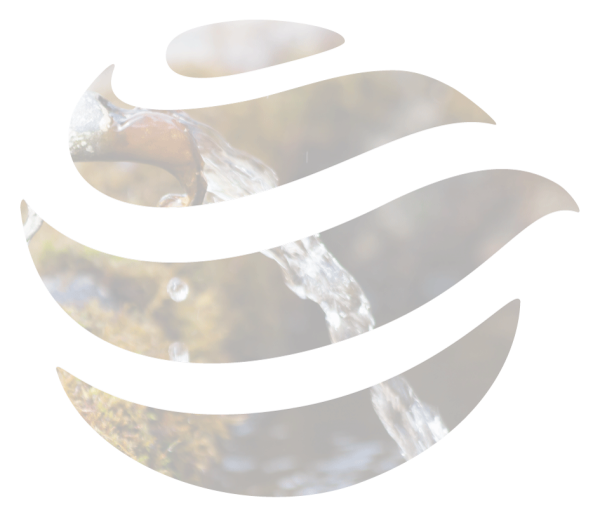Forest and forest nursery

FOREST AND FOREST NURSERY
Forests are one of the most important ecosystems on Earth, hosting a wide range of species and sequestering large amounts of carbon dioxide. Raising tree seedlings in forest nurseries requires balanced plant nutrition to keep them growing well and protect against diseases. Analyses are a good help to determine how much to fertilize and when. Proper fertilization and especially micronutrients help plants stay healthy.
OUR ANALYSES FOR FORESTS AND FOREST NURSERIES
Spurway analysis
Shows available plant nutrients for the next weeks-months and is regularly used during the growing season as a basis for fertilization and liming: pH, conductivity, nitrate nitrogen, ammonium nitrogen, phosphorus, potassium, magnesium, sulphur, calcium, manganese, boron, iron, sodium and aluminium. N-Min (mineralized readily available nitrogen) is included in the analysis, it refers to open field cultivation, where sample depth must be indicated for correct calculation of kg/ha.
Options for Spurway analysis
Optional Micro: copper, zinc and molybdenum. It should always be chosen in case of suspected deficiencies or if you have new soil that you do not know.
Moisture content affects soil properties. Moderate to high levels of topsoil provide better soil structure with a good air/water ratio. Like clay, humus provides improved nutrient holding capacity.
If plant deficiencies are suspected, the Plant Sap Analysis (Read more ) is the right analysis, as it shows the current plant nutrient status. It also provides a basis for foliar fertilization. Includes plant sap pH, conductivity, nitrate nitrogen, ammonium nitrogen, phosphorus, potassium, magnesium, sulphur, calcium, manganese, boron, iron, copper, zinc, molybdenum, silicon, sodium, aluminum and sugar content. Take separate samples of young and older leaves to detect deficiencies. When the levels are clearly lower in older leaves, it indicates a deficiency of the substance in question.
Leaf analysis (Read more ) should not be confused with plant sap analysis. It measures the total plant nutrient content of the leaves including that which has been fixed in proteins, DNA, cell walls etc. It does not show the actual nutrient deficiencies as early and we therefore rather recommend plant sap analysis for foliar fertilization purposes. Leaf analysis is mainly used to compare the nutrient status from year to year in perennial crops.
Water analysis (read more) of the irrigation water is very important for crops that are irrigated a lot. For example, the sodium and chloride content should not exceed 30 mg/l in order not to accumulate in the growing medium and cause excessive conductivity. It is also useful to check the chemical oxygen demand of the water (analysis of COD, should be below 4 mg/l) as it can quickly become oxygen deficient under warm growing conditions. High levels of iron and manganese in deoxygenated well water will precipitate when it gets into the air. This can cause problems through deposits in irrigation equipment. Iron should ideally be below 0.3 mg/l and manganese below 0.5 mg/l. Alkalinity is a measure of the pH buffering capacity of water. If it is too high, it will affect the pH of irrigation water and soil water. Even spray solutions may need to be acidified if the alkalinity of the water is high. Do our water analysis with additions for alkalinity, chloride and COD. NOTE! provide samples in separate bottles for chloride and COD addition.


